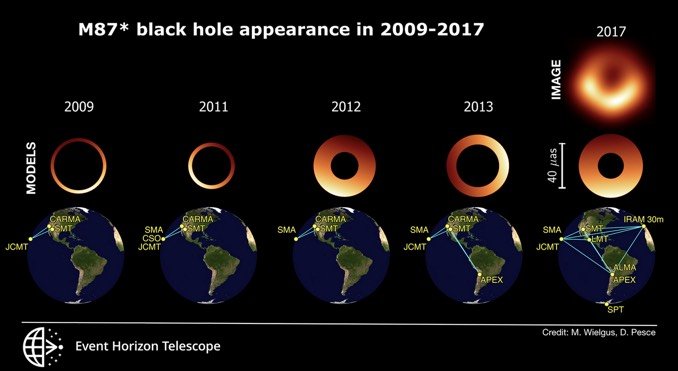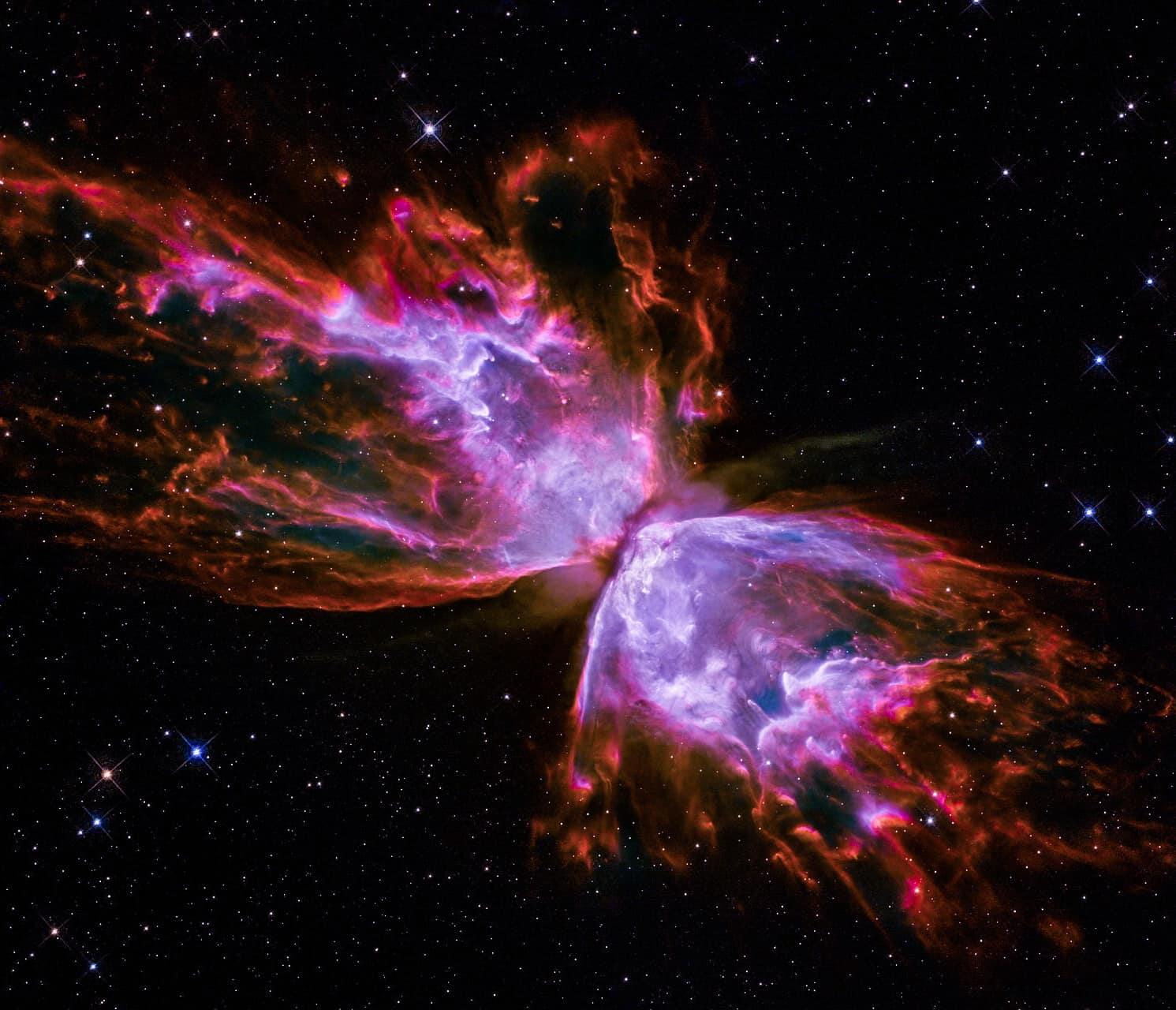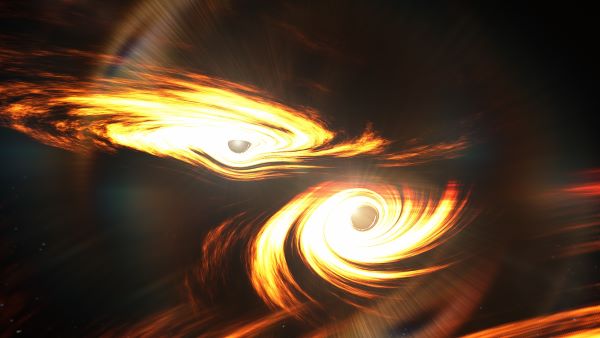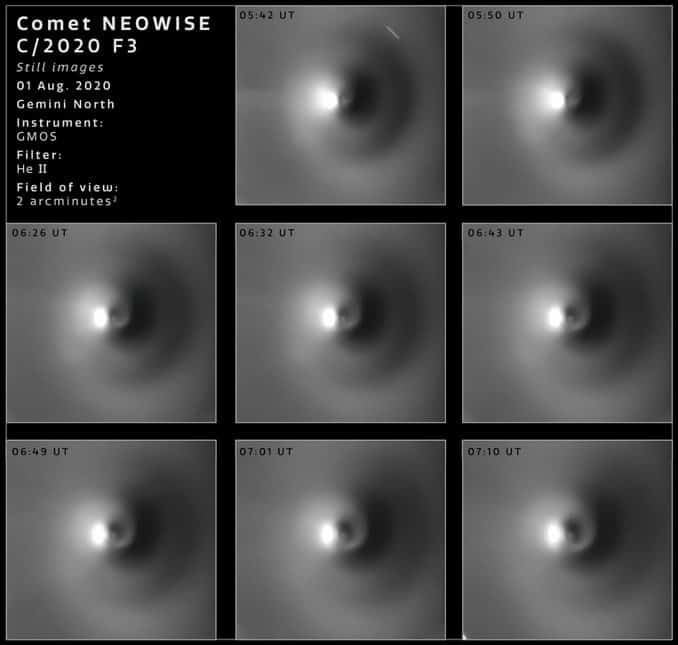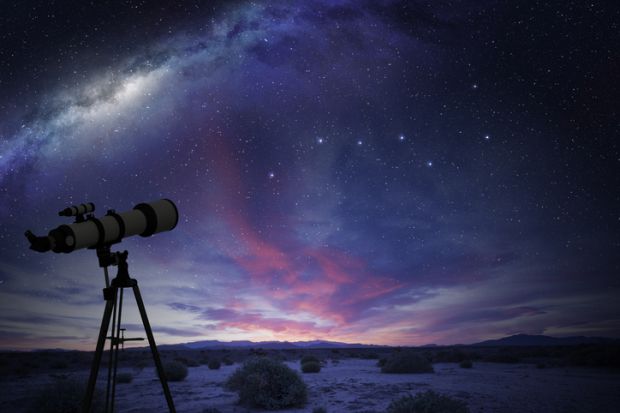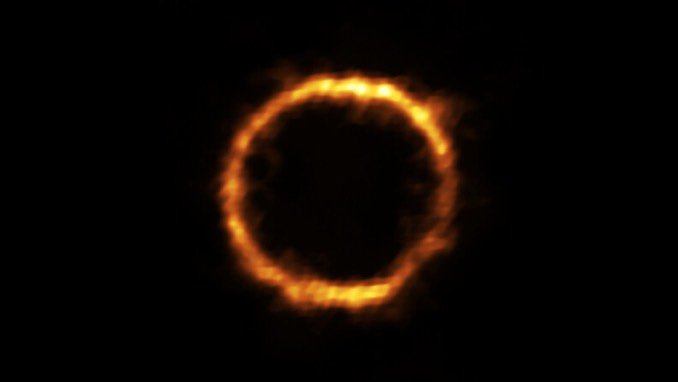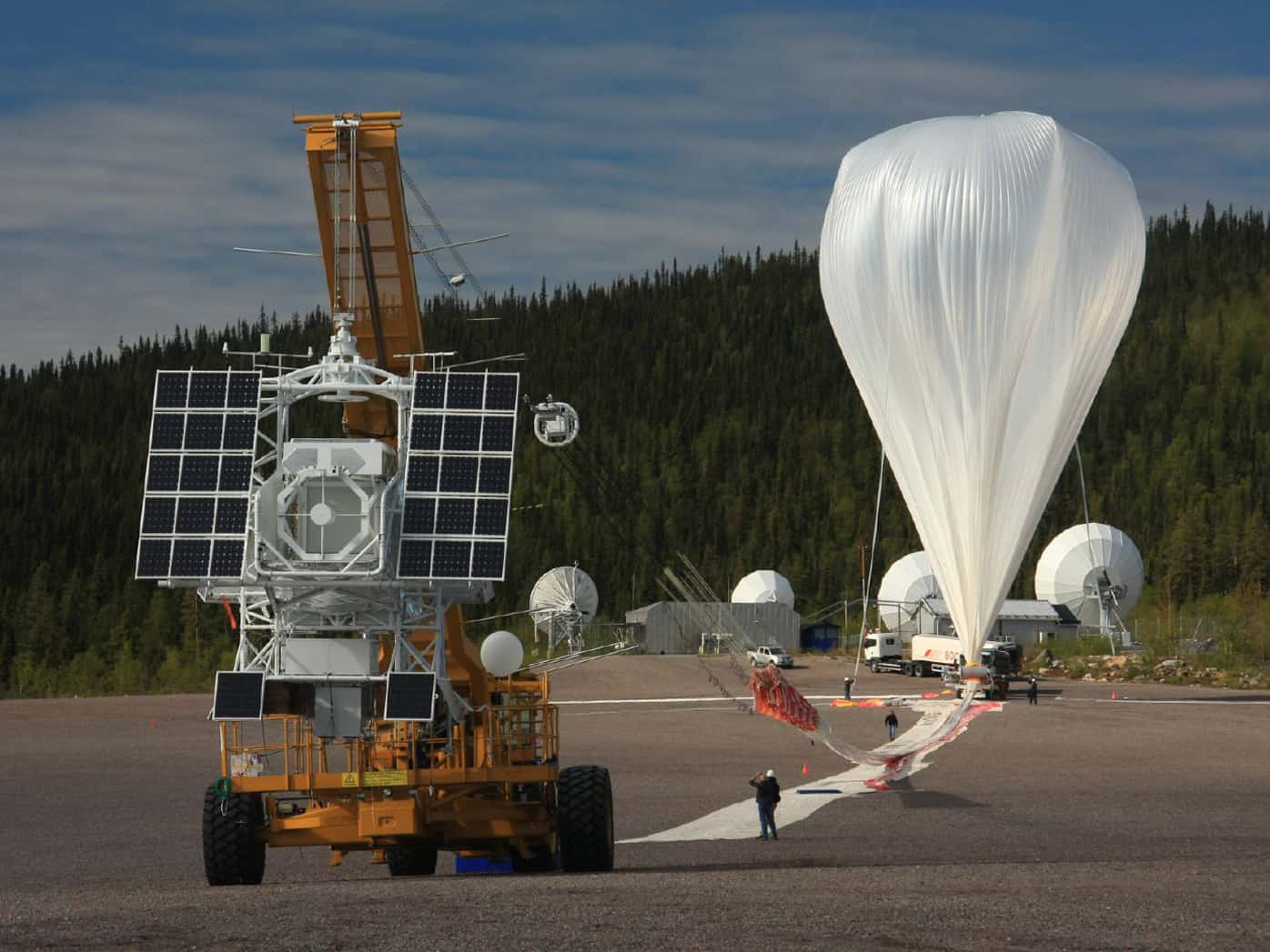Interesting Astronomy & Astrophysics news from the week of 10/18/2020
Next week’s night sky: This week, Mars will be extraordinarily easy to stop. From October 28-30, about an hour after sunset, simply locate the moon. The reddish dot above it will be Mars! Halloween is a full moon! This is the perfect time to look at the moon for a great socially distanced holiday. Are non-spherical planets possible? Some of the planetary systems researchers have found experience extreme conditions. These large, gassy planets orbiting very close to their stars are called hot Jupiters. One of these hot […]
Read more

